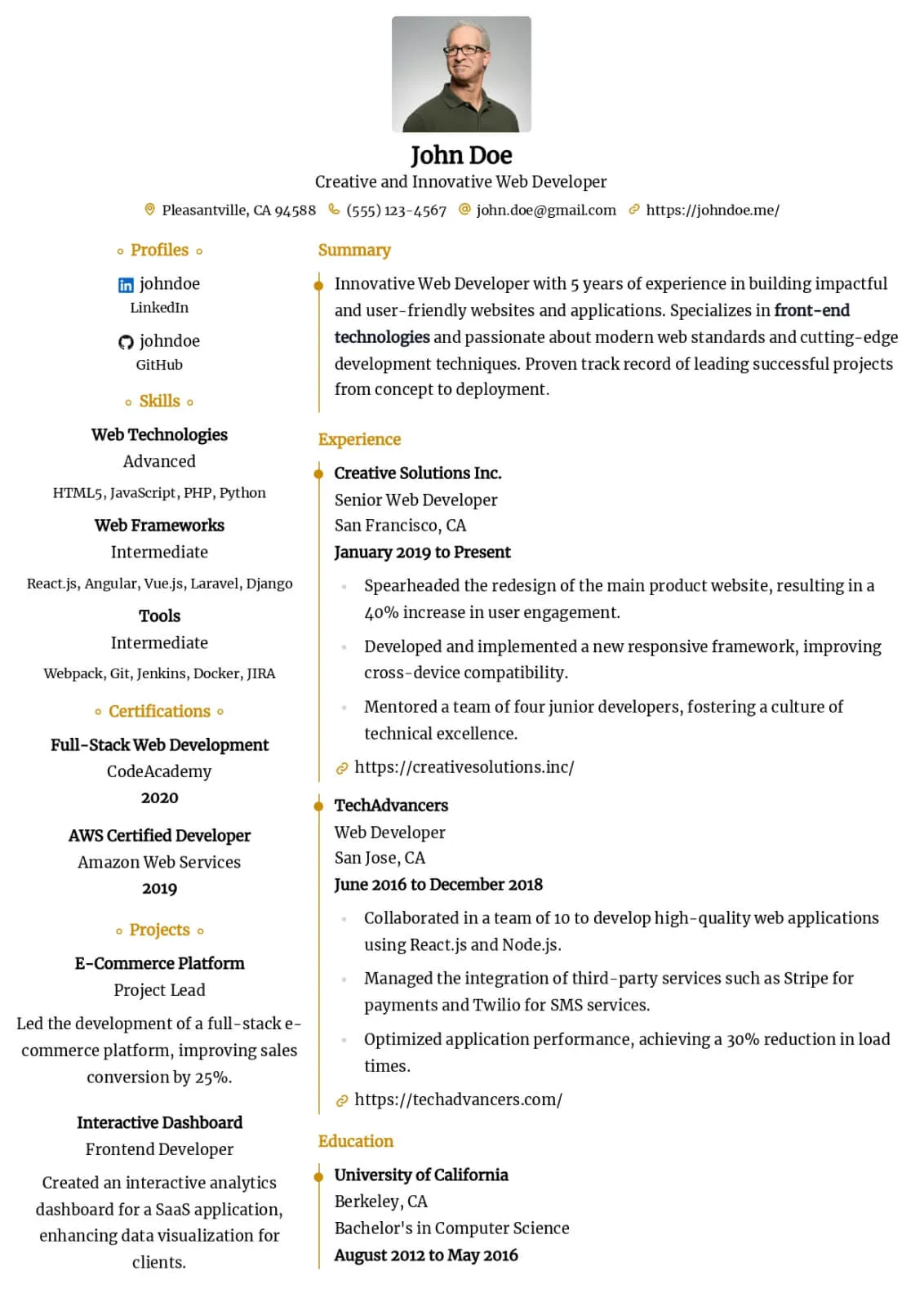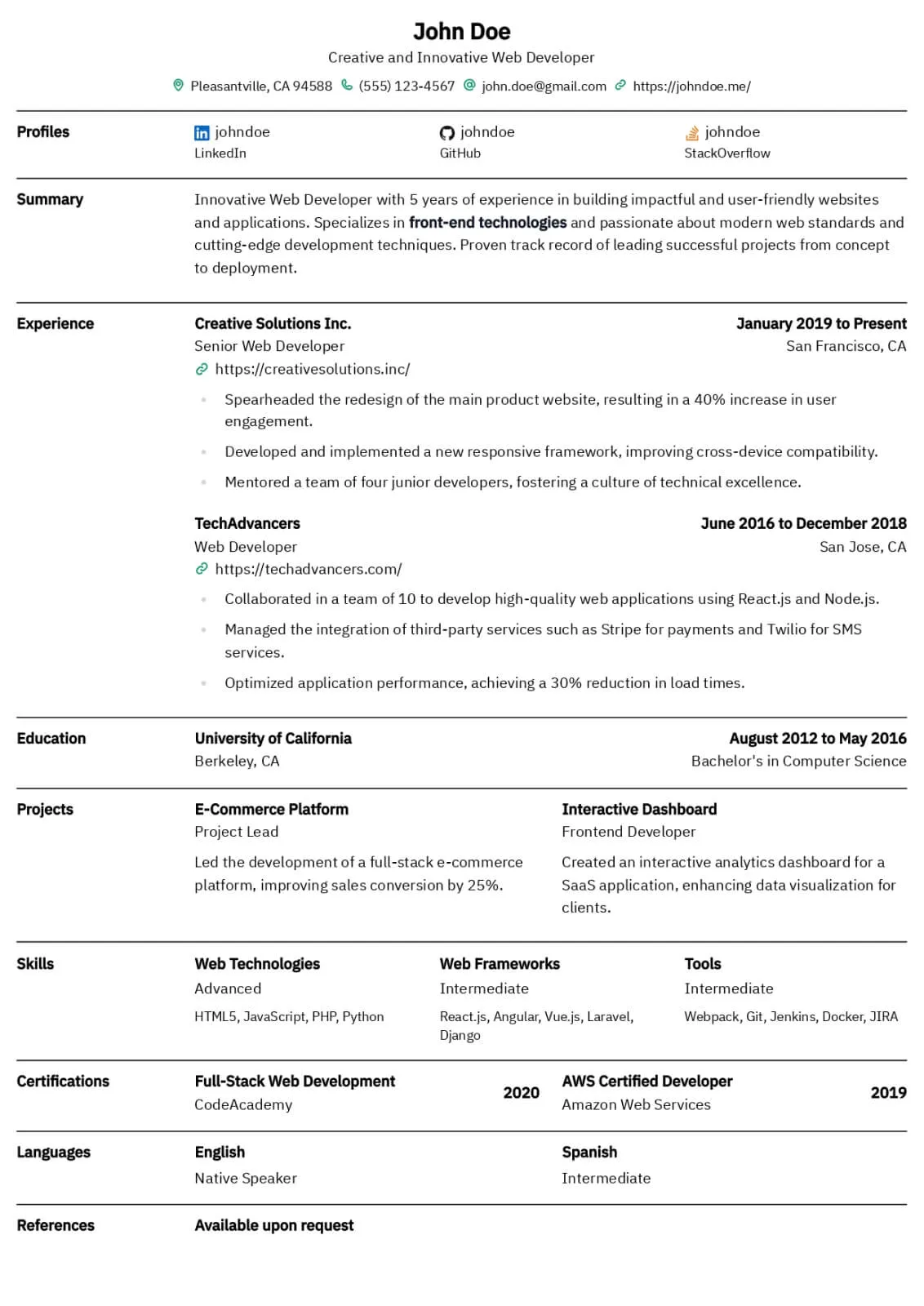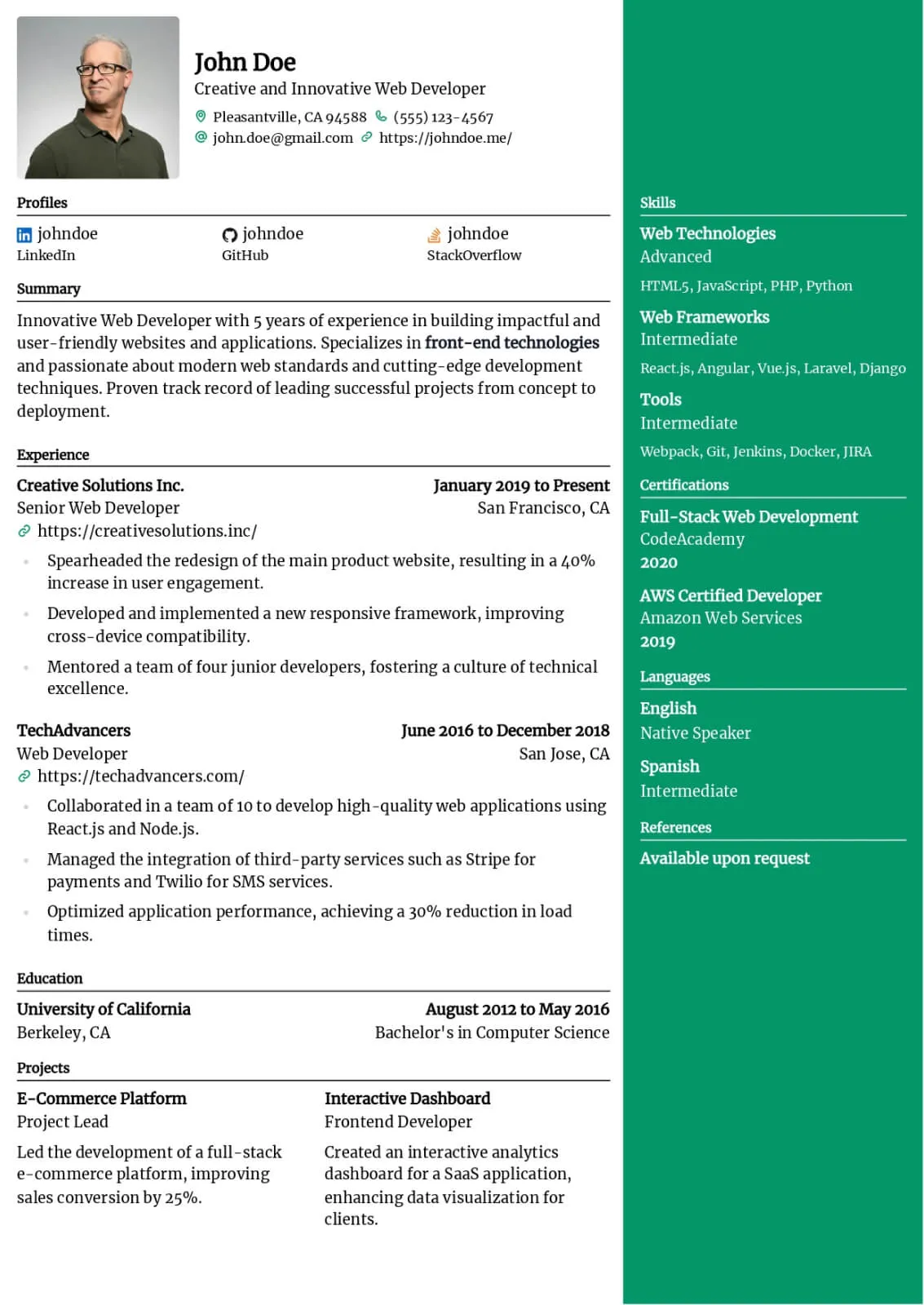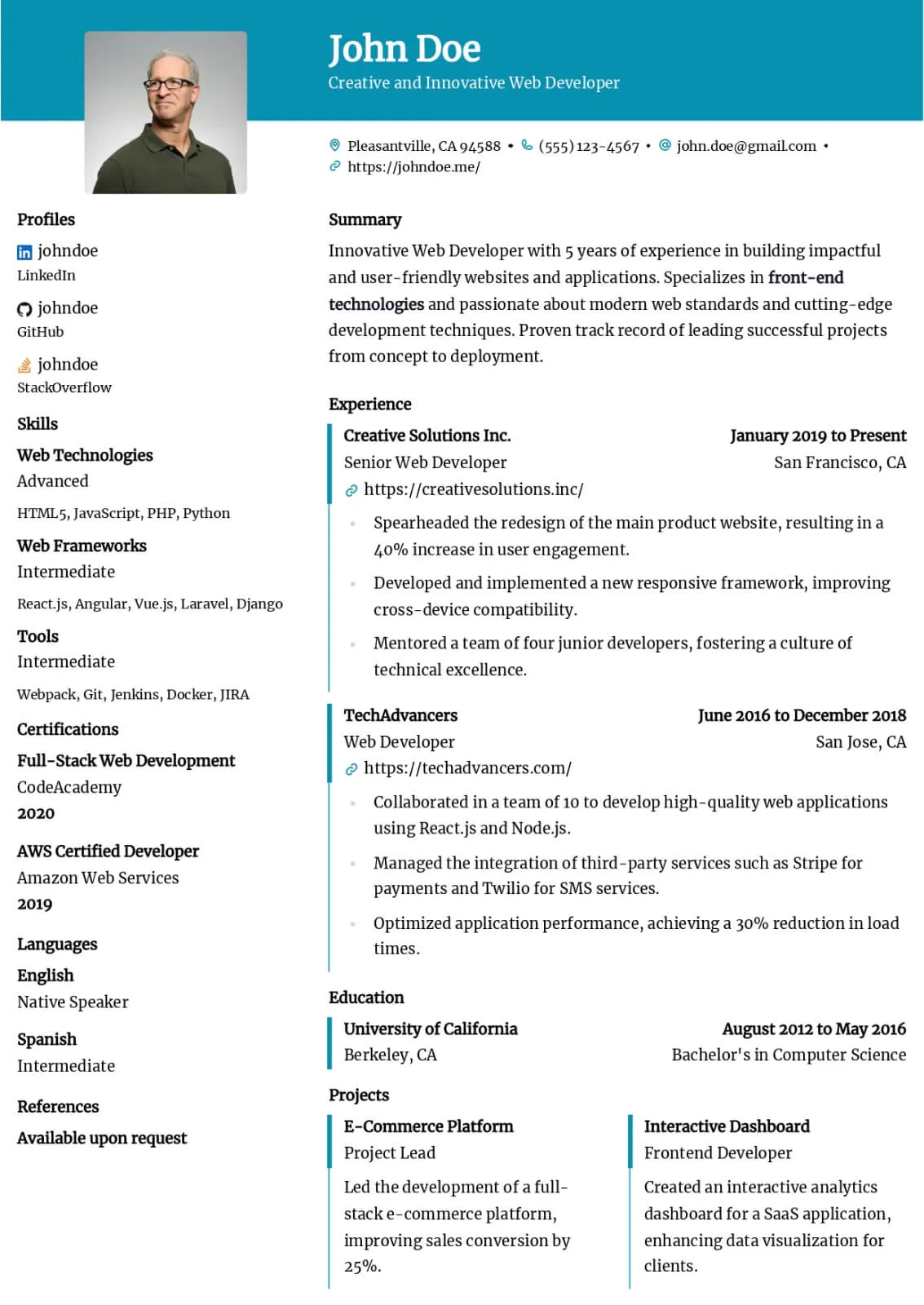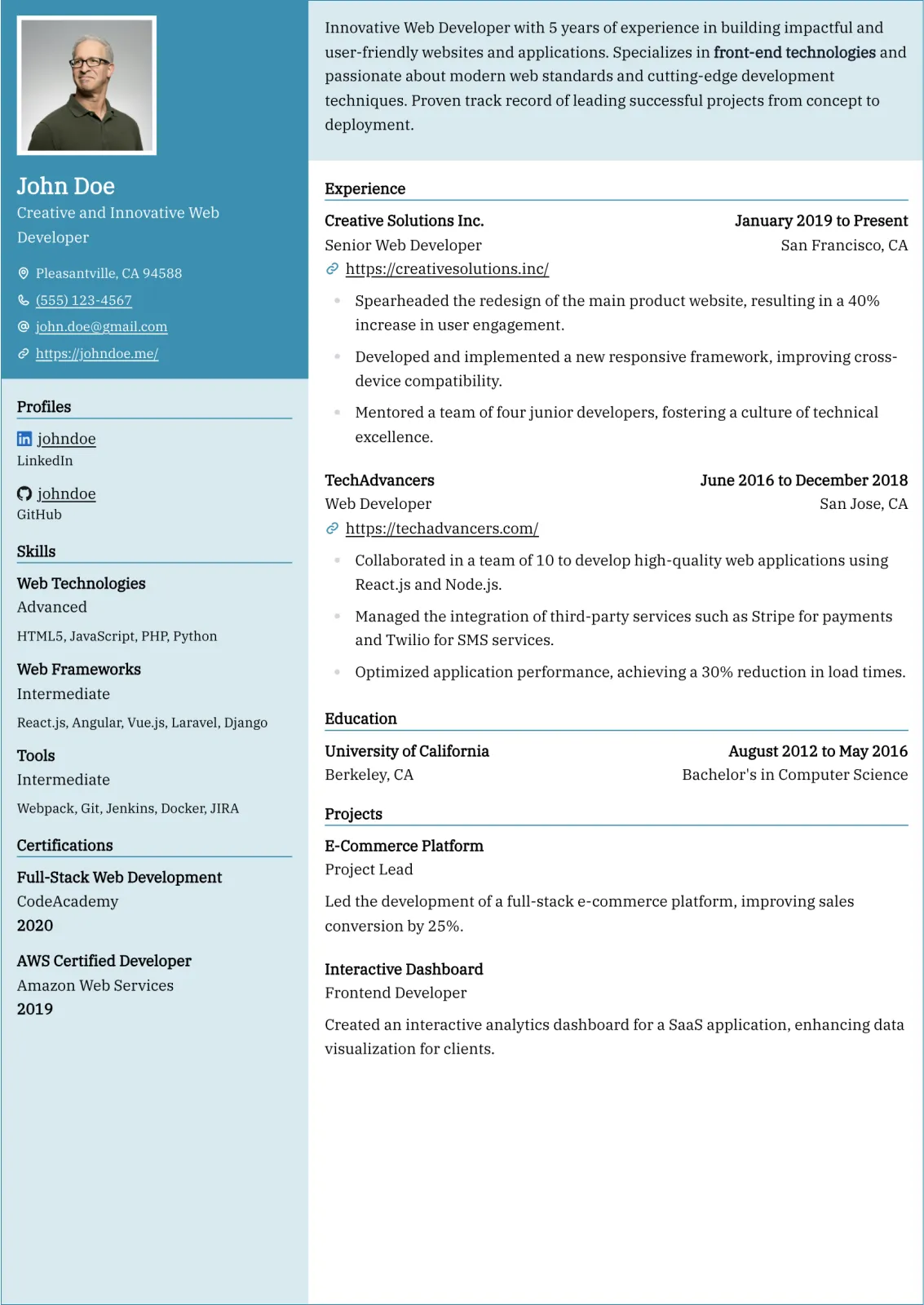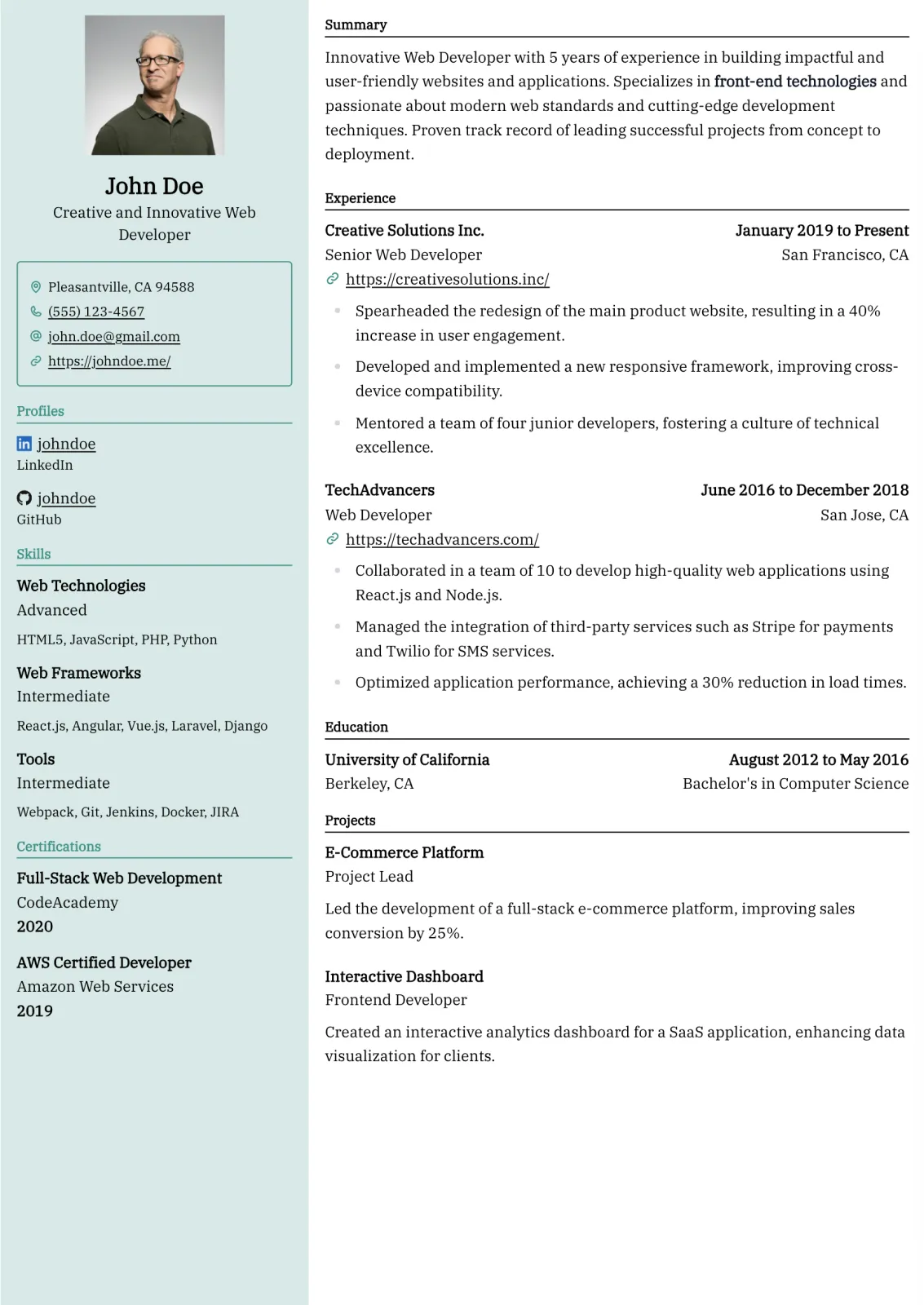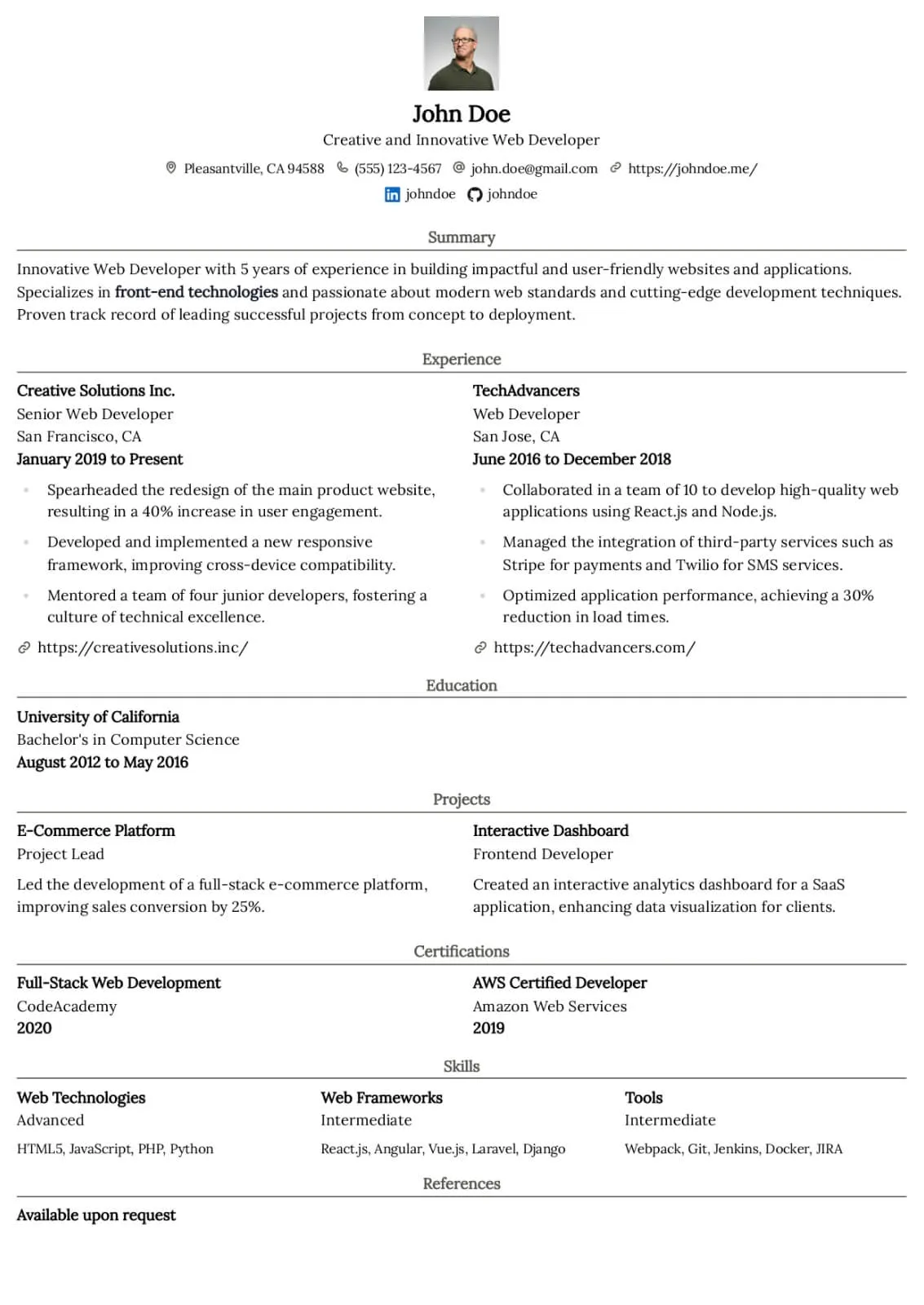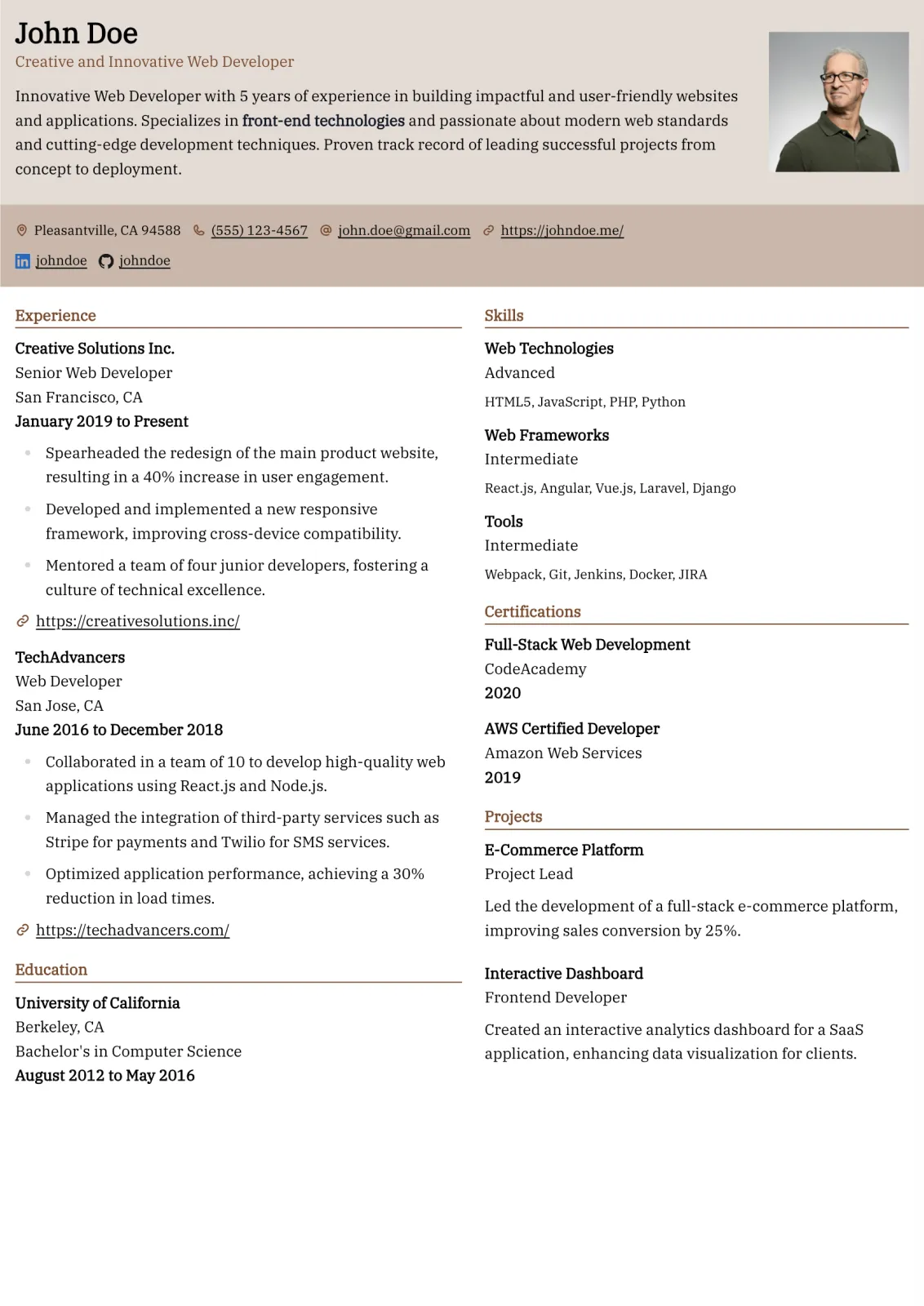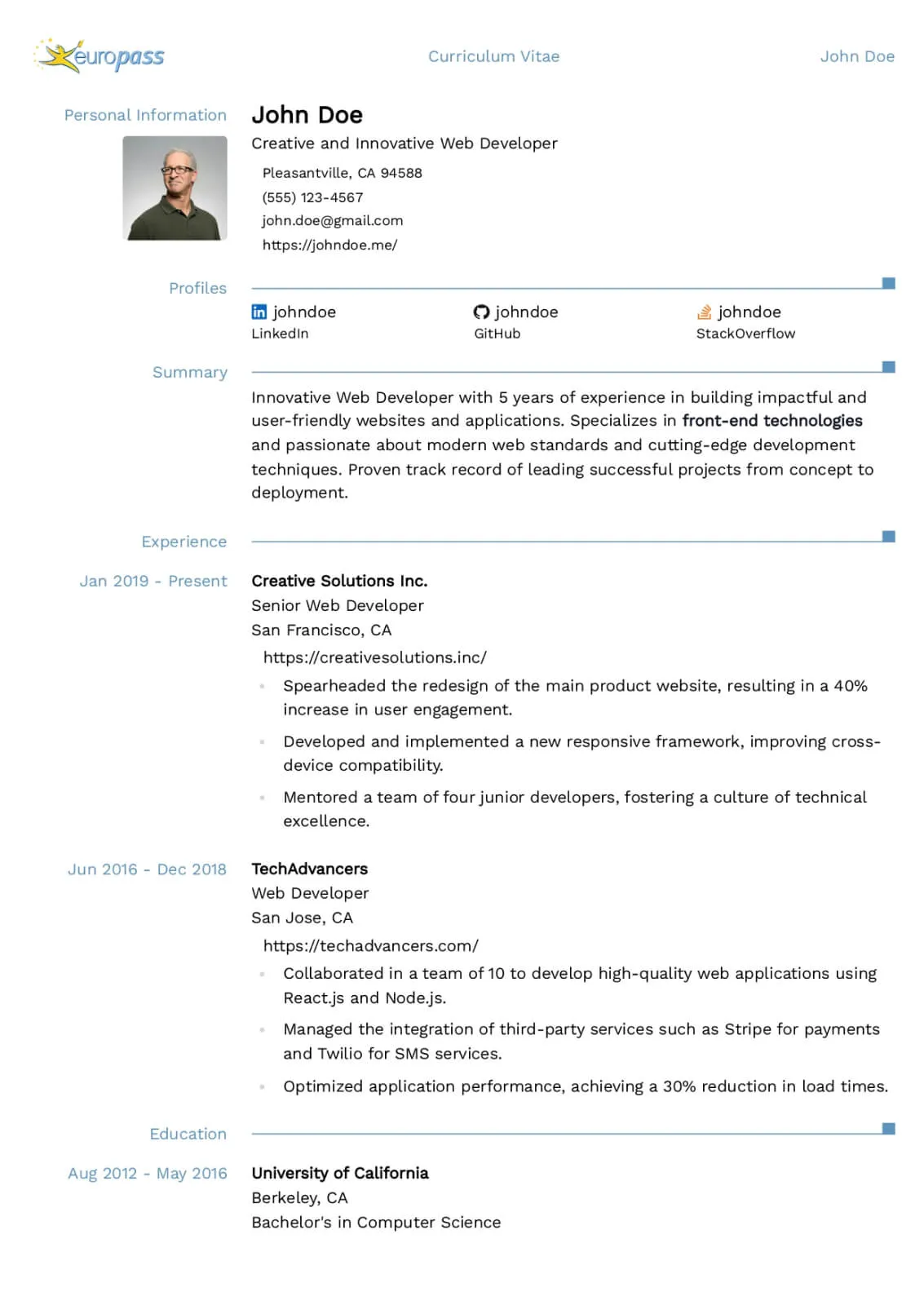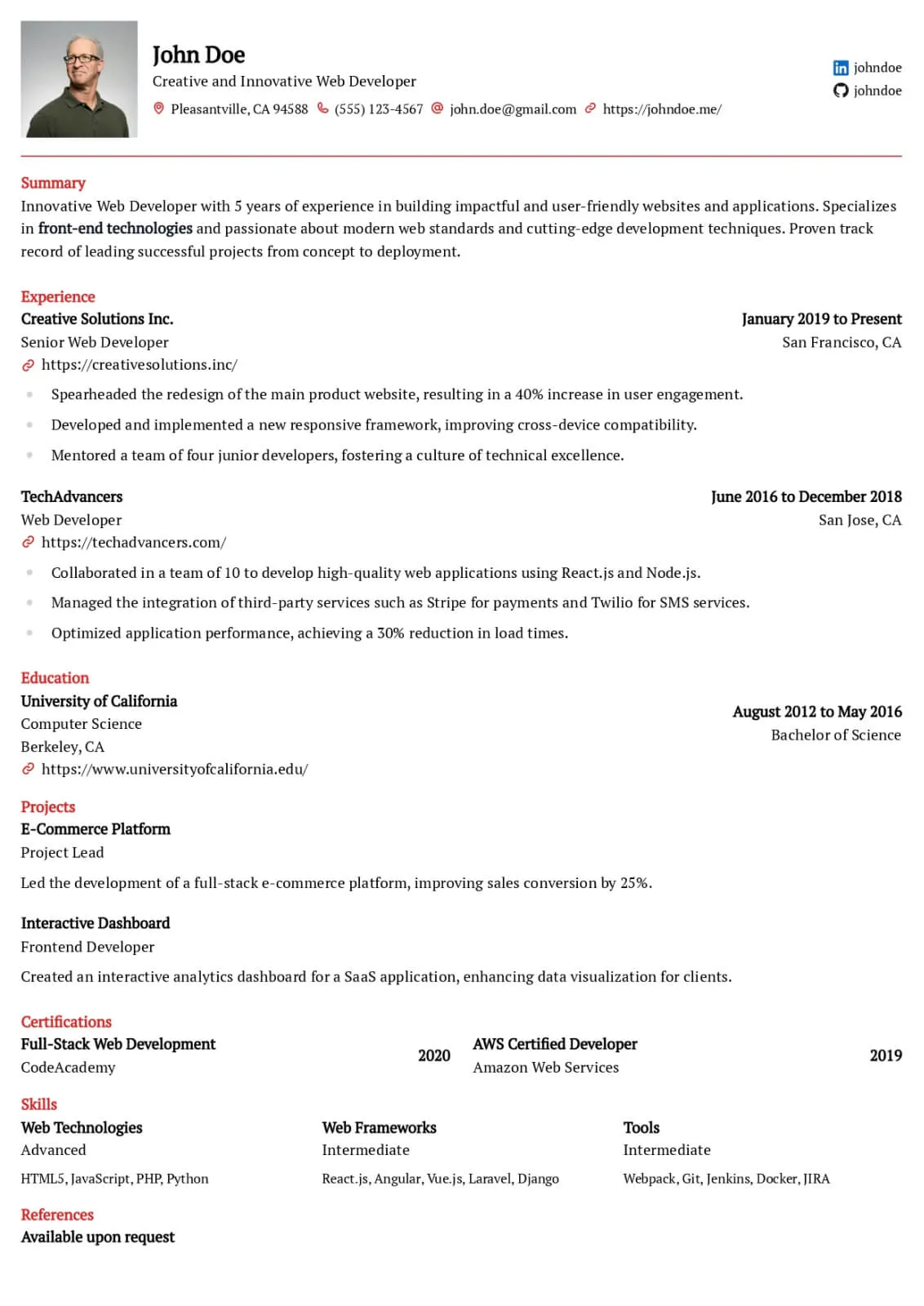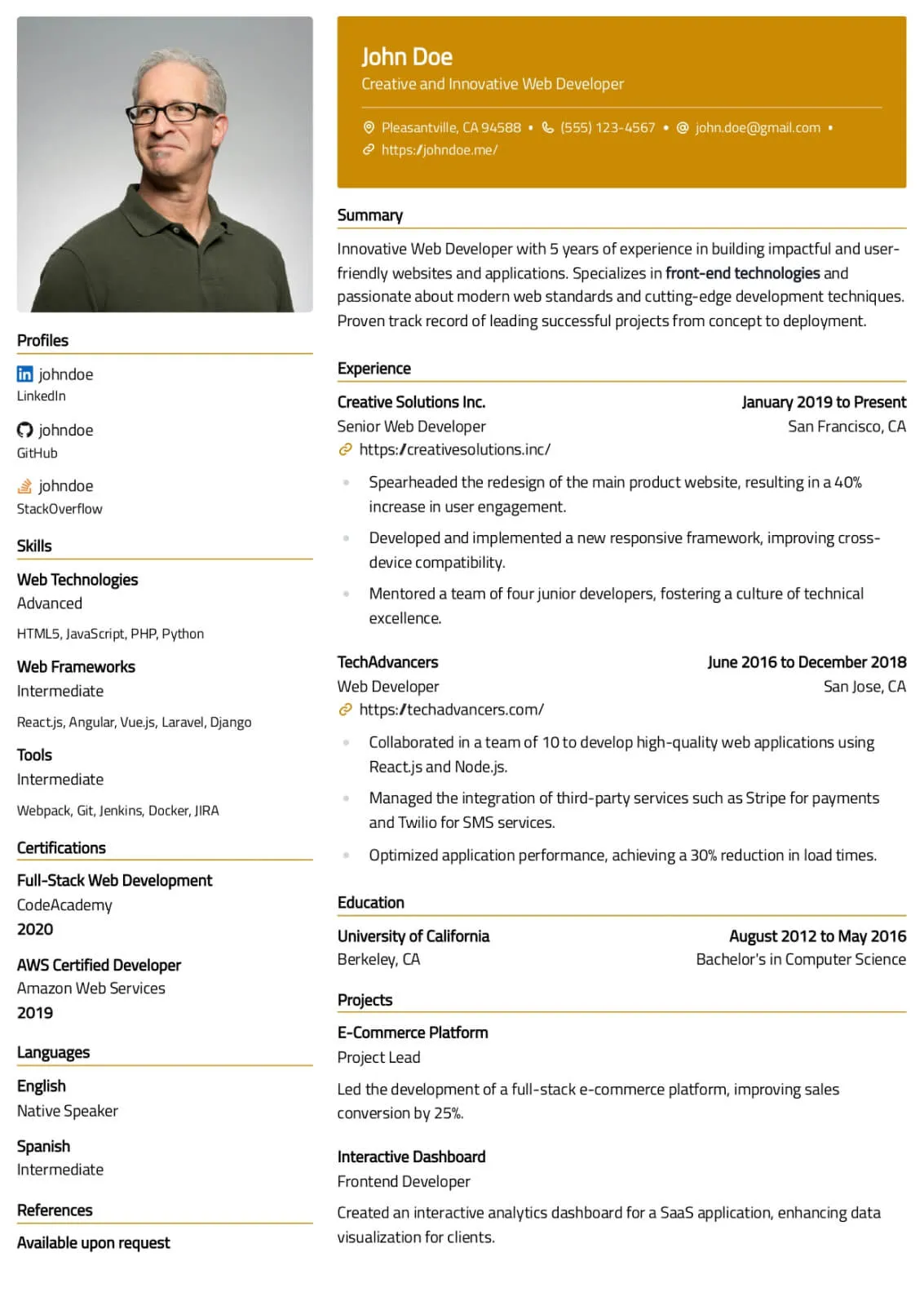The Ultimate Guide to Formatting Your Resume for Success

A well-formatted resume can make the difference between landing an interview and being overlooked. Recruiters spend only a few seconds scanning resumes, so clarity, organization, and presentation are key. This guide will help you format your resume for maximum impact and readability.
1. Choose the Right Resume Format
There are three main types of resume formats:
- Chronological: Lists your work experience in reverse chronological order. Ideal for those with a consistent work history.
- Functional: Focuses on skills and achievements rather than work history. Suitable for career changers or those with gaps in employment.
- Combination: Blends both chronological and functional elements. Great for showcasing both skills and experience.
2. Use Clear Section Headings
Organize your resume into clear sections with headings such as:
- Professional Summary
- Skills
- Work Experience
- Education
- Certifications (if applicable)
This makes it easy for recruiters to find the information they need quickly.
3. Keep Your Resume to One Page
Unless you have extensive experience, aim for a one-page resume. Focus on the most relevant and recent information. Use concise bullet points and avoid unnecessary details.
4. Choose Professional Fonts
Use clean, readable fonts such as Arial, Calibri, or Times New Roman. Avoid decorative or script fonts, as they can make your resume harder to read.
5. Use Consistent Formatting
Maintain consistency throughout your resume in terms of font size, bullet points, and spacing. For example:
- Use the same font size for section headings.
- Align bullet points consistently under each section.
- Maintain uniform margins and spacing between sections.
6. Highlight Key Information with Bold or Italics
Use bold or italics sparingly to emphasize important details, such as job titles or key achievements. Avoid overusing these styles, as it can make the document look cluttered.
7. Use Bullet Points for Clarity
Bullet points help break down information into digestible chunks. Use them to list responsibilities, achievements, and skills. Keep each bullet point concise and focused.
8. Add a Professional Summary
Include a brief professional summary at the top of your resume. This should be a 2-3 sentence overview of your experience, skills, and career goals.
9. Ensure Your Resume is ATS-Friendly
Applicant Tracking Systems (ATS) may struggle with complex layouts. Use simple formatting and avoid graphics, tables, or unusual symbols. Save your resume as a plain text or PDF file to maintain formatting.
10. Proofread Carefully
Errors can make a negative impression. Proofread your resume multiple times, or ask someone else to review it. Check for spelling, grammar, and formatting consistency.
By following these formatting tips, you can create a professional, easy-to-read resume that highlights your strengths and increases your chances of getting hired. A well-structured resume not only looks polished but also makes it easier for recruiters to see your value.
Categories
Related Articles
Try our Sample Resume Editor
In this section, you can experiment with different formatting options and templates using a sample resume. The editor allows you to customize the layout, fonts, and styling to see how your resume will look in various formats.
